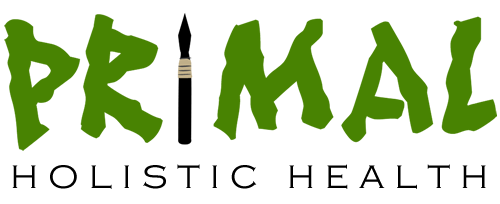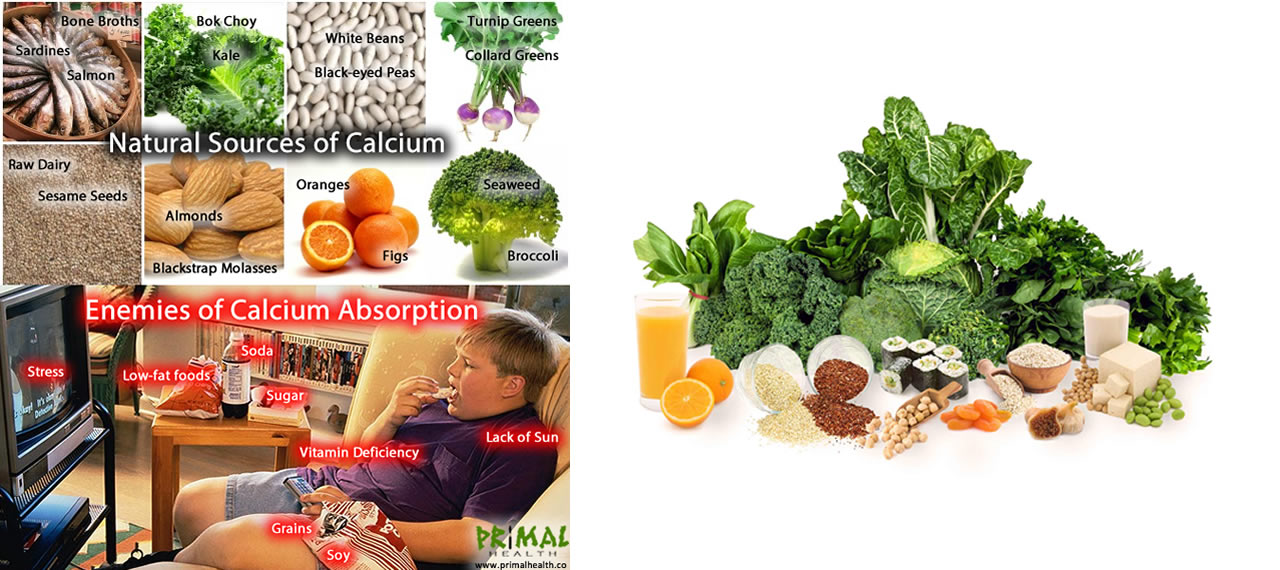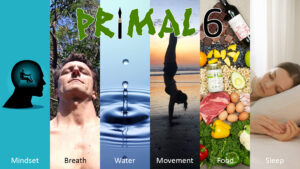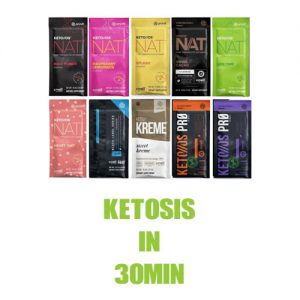Calcium intake is one of the most common nutritional concerns for women and children in the western world. Women, who have the highest rates of osteoporosis, are living on calcium supplements, and families think of milk and dairy products as essential for their children’s health. Yet dairy is not a common food in much of the world. Think of the several billion people on this earth who have never seen milk. Would you be surprised to hear that they have far less osteoporosis and arthritis than is seen in countries where dairy products are regularly consumed? While hardly heard of in other countries, osteoporosis is very common in North America, Australia and Europe, where dairy consumption is very high.
It is high time we stopped using calcium needs as an excuse for drinking commercial, pasteurised milk and dairy foods, which are highly detrimental to our health!
The real reasons for bone loss, tooth decay & osteoporosis
So if it’s not a lack of dairy intake, what is causing all these bones and teeth to be so brittle? For starters, the amount of calcium we absorb, and retain, depends greatly on the rest of our diet and lifestyle factors. Extensive laboratory tests have shown that most people today cannot absorb more than half of the calcium from their foods!
Vitamin Deficiencies: In addition to calcium – magnesium, potassium, phosphorous, vitamin D, and countless other vitamins and minerals are also crucial to bone health. Today’s diet of over-processed foods is greatly lacking in vitamins and nutrients which work together to create healthy bones.
Lack of traditional calcium sources: The best sources of usable calcium (easiest to absorb) are raw dairy foods and bone broths. Unfortunately, raw milk is now illegal in many places, and the tradition of regularly drinking and cooking with homemade bone broths has died out (though hopefully lately making a comeback!). Other traditional sources of non-dairy calcium, such as sardines, are not very popular either.
Sugar: Sugar pulls calcium out of the bones and into the blood stream. Sugar in our daily diets produces an overacidic condition in our bodies, then in order to protect the blood from that acidity, huge amounts of calcium is taken from the bones and teeth. This is the real reason sugar causes tooth decay.
Grains: Phytic acid in grains that have not been soaked, sprouted, fermented or naturally leavened block asbsorption of calcium, iron, zinc, copper and magnesium. The modern food pyramid has had western countries eating high amounts of unfermented grains, contributing to high rates of bone loss.
Soy: Like grains, unfermented soy is high in phytic acid, which blocks calcium absorption. This is one reason the soy milk, tofu, and soy beans that are touted as health foods are sadly, quite the opposite. Soy is also commonly fed to factory farm animals, whose meat is then fed to us.
Soft Drinks: Most soft drinks contain phosphoric acid, which blocks the absorption of calcium and magnesium in the intestines, therefore contributing directly to easily broken bones in children and osteoporosis in adults.
Salt: Modern processed foods are loaded with processed salt. For some people, excessive salt consumption causes calcium to be excreted in the urine.
Coffee: The more coffee you drink, the more calcium goes out in your urine.
Low-fat Foods: Decades of low-fat eating have created a huge lack of fat-soluble vitamins A, D, E & K in our bodies, which are needed for calcium absorption. These vitamins are obtained from traditional foods that are much less popular today, such as eggs, marine oils and seafood (especially shrimp and crab), fermented foods, soaked or sprouted grains, dark leafy vegetables, and liver, organ meats and butterfat from pasture-fed animals. In addition, several nutritional studies have shown that for calcium to be effectively incorporated into the bones, at least 50% of dietary fats should be saturated fat, something we have been sadly avoiding for a long time.
Protein Powder: Isolated powdered proteins from soy, eggs or milk cause a negative calcium balance that can lead to osteoporosis.
Pasteurised Milk: Pasteurisation reduces the availability of the milk’s mineral components, including calcium.
Lack of Sun: Vitamin D3, needed for calcium absorption, is produced from cholesterol in the presence of sunlight, which many people don’t get much of these days, being inside all day or covered in sunblocks.
Stress: Stress pulls calcium from the bones. Our modern are lives are more stressful than ever, with little traditional knowledge passed down about how to effectively manage stress.
Lack of weight-bearing exercise: To put it simply, our bones are not strong because we are sitting all day. If we want strong bones, we need to strengthen them! Weight-bearing exercise can be as simple as walking, as you are bearing your own weight.
Americans alone consume over 200 pounds of dairy products each year, yet more than 10 million have osteoporosis, another 35 million more have low bone mass, and one-third of the young children suffer from tooth decay. In America, dairy farmers must pay the Dairy Marketing Board 15 cents for every hundred pounds of milk they produce. To meet the calcium-craving needs of the masses, 400-600 million pounds of milk are produced each year, giving the Dairy Marketing Board around $300 million dollars each year to keep marketing milk as the best thing for every family wanting strong bones, nice teeth and healthy children.
How to ensure you get enough calcium
1/ Eat and drink some calcium-rich foods from the picture at the top.
2/ Improve diet and lifestyle factors to better absorb and retain calcium and build strong bones, using the list above as a guide. Stop eating processed grains and sugar, unfermented soy, and soft drinks.
3/ Stop drinking pasteurised dairy for the sake of calcium!
4/ Stop stressing about specific nutrients like calcium, and just get back to Primal foods, sun and movement!
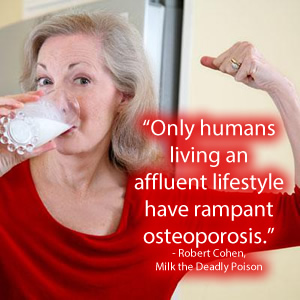
References:
– Nourishing Traditions; Sally Fallon. Washington DC: New Trends Publishing, 1999.
– The Primal Blueprint; Mark Sisson. California: Primal Nutrition, Inc. 2009.
– Nutrition and Physical Degeneration; Weston A. Price. California: Price-Pottenger Nutrition Foundation, 2004.
– Milk The Deadly Poison; Robert Cohen. New Jersey: Argus Publishing, 1998.
– Health Freedom News; James F. Scheer.
– Sugar Blues; William Dufty.
– FAO Statistics Division 2007
Which of the diet and lifestyle factors may be inhibiting your absorption and/or retention of calcium? What can you change, now that you have more awareness?
Natural Calcium Sources and Enemies of Calcium Absorption – February 2014
